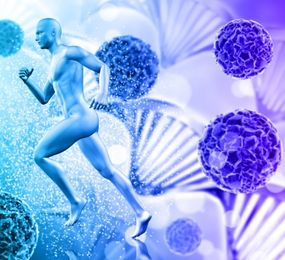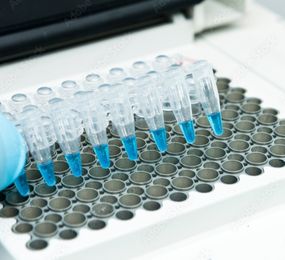Protein engineering, the art and science of manipulating proteins at the molecular level, has emerged as a powerful tool in the development of innovative therapeutics. By understanding and modifying the structure and function of proteins, scientists are creating novel biologics with enhanced properties.
The Building Blocks of Life:
Proteins are the workhorses of biological systems, performing a vast array of functions. By altering their amino acid sequences, scientists can engineer proteins with tailored properties:
-
Increased Stability: Proteins can be designed to resist degradation, improving their shelf life and efficacy.
-
Enhanced Potency: By optimizing protein structure, researchers can increase the potency of therapeutic proteins, requiring lower doses.
-
Reduced Immunogenicity: Engineering proteins to minimize immune responses can improve patient safety and tolerability.
-
Altered Specificity: Proteins can be modified to target specific molecules or tissues, improving the precision of therapeutic action.
Applications in Therapeutics:
Protein engineering has made significant strides in various therapeutic areas:
-
Antibody Engineering: Creating antibodies with improved binding affinity and specificity has led to the development of more effective cancer treatments and immunotherapies.
-
Enzyme Engineering: By modifying enzymes, researchers are developing novel biocatalysts for industrial processes and therapeutic applications.
-
Protein-Based Drugs: Engineering proteins to mimic the function of missing or defective proteins can address a wide range of diseases.
Challenges and Future Directions:
While protein engineering holds immense promise, challenges remain:
-
Predicting Protein Structure: Accurately predicting the three-dimensional structure of a protein from its amino acid sequence remains a complex task.
-
Large-Scale Production: Efficiently producing engineered proteins in sufficient quantities for therapeutic use is often challenging.
-
Regulatory Hurdles: Ensuring the safety and efficacy of engineered proteins requires rigorous testing and regulatory approval.
Despite these challenges, protein engineering is rapidly advancing. Techniques like directed evolution, computational design, and synthetic biology are accelerating the development of novel biologics. As our understanding of protein structure and function deepens, we can expect even more groundbreaking advancements in this field, ultimately leading to improved patient outcomes.
To register or learn more about the Forum please check here: https://bit.ly/3WRMLFS.
For more information and group participation, contact us: [email protected]
















